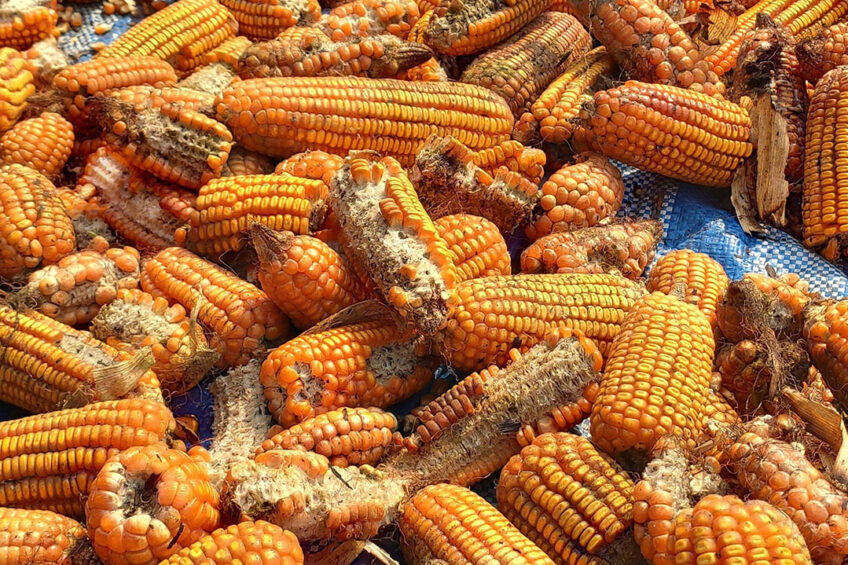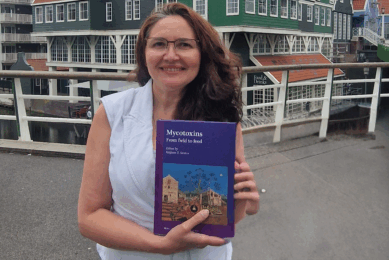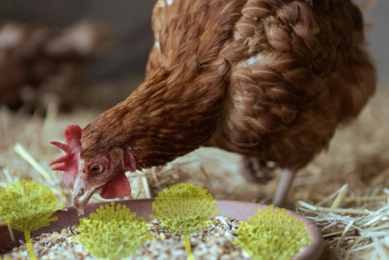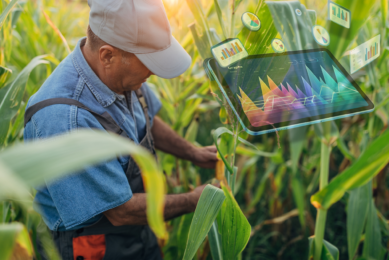Mycotoxin risk tool for wheat refreshed

Cereal farmers in the UK can calculate rainfall-related mycotoxin risk assessment scores online via a weather-based mapping tool, which has been updated this year.
The Agriculture and Horticulture Development Board (AHDB) tool reveals rainfall levels at hundreds of sites across England and Scotland during the critical wheat flowering and pre-harvest periods.
First released in 2019, the tool has been refreshed for the current season. Dhan Bhandari, who manages grain quality research at AHDB, said: “Rain splash spread the pathogens responsible for head blight. Some species produce mycotoxins in infected ears, so it’s important that risk is managed.”
In winter wheat, the first rainfall-risk period is during flowering – Growth Stage (GS) 59 (early completely emerged above flag leaf ligule) to GS69 (flowering complete). The rainfall risk scores at this stage are:
>80mm – 9
40-80mm – 6
10-40mm – 3
<10mm – 0
The second key rainfall risk period is GS87 (hard dough, thumbnail impression held) to harvest. The rainfall risk scores at this stage are:
>120mm – 12
80-120mm – 9
40-80mm – 6
20-40mm- 3
<20mm – 0
Once the date range for each period is known, it can be entered into the tool, which them calculates the amount of rain that fell and displays the corresponding risk score at each site. If no field-level rainfall data is available, risk scores from a nearby site in the tool can help guide the completion of the mycotoxin risk assessment.
The information is particularly useful for farmers as mycotoxin risk assessment scores are required for the combinable crops grain passport.
To find out the latest situation in the GS59-69 period see – Mycotoxin rainfall risk tool for cereals | AHDB











